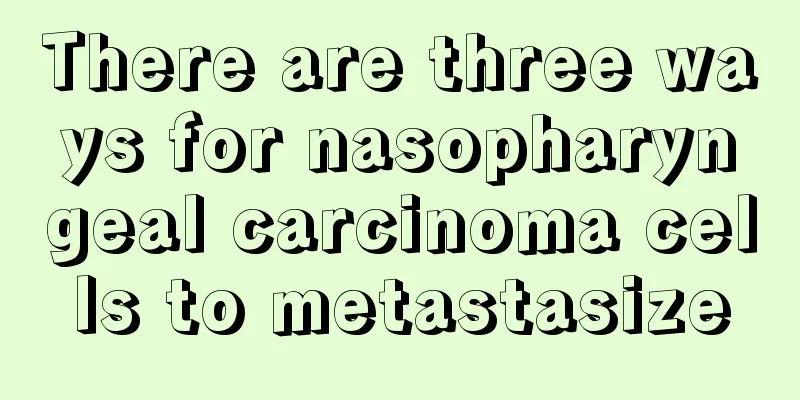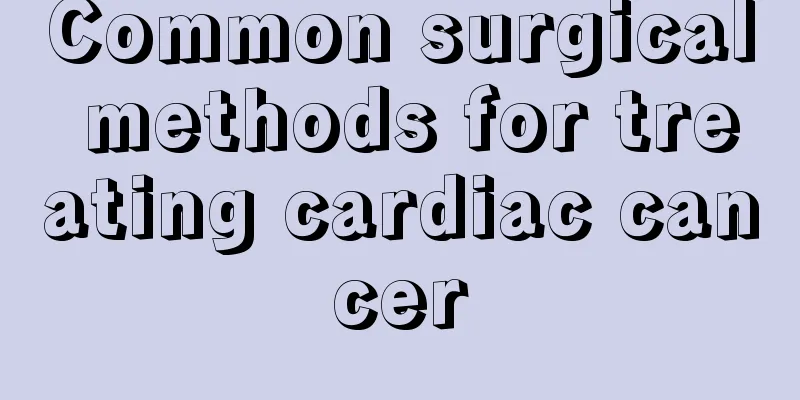How to care during the acute phase of cerebral infarction?

|
During the acute phase of cerebral infarction, patients are advised to rest in bed with their heads flat, receive oxygen in a timely manner, and prevent respiratory and urinary tract infections. At the same time, they should also pay attention to the correct use of some anticoagulant and blood-activating and blood-stasis-removing drugs. 1. General treatment should be resting in bed with the head flat, and oxygen should be given if necessary. Blood pressure is generally not lowered unless it is extremely high. Turn over frequently, pay attention to the patency of the airway, prevent respiratory and urinary tract infections, and prevent bedsores. 2. Low molecular weight dextran: 500 ml intravenous drip daily for two weeks. 3. Vasodilators: intermittent inhalation of mixed gas (6-7% carbon dioxide, 50-95% oxygen), 250 ml of 5% sodium bicarbonate intravenously, 1-2 times a day, 100 mg of papaverine added to 250 ml of glucose solution slowly intravenously, once a day for two weeks. Vasodilators are only used in the first 1-2 days or 3 weeks after the onset of the disease, otherwise cerebral steal syndrome may occur, which will aggravate hypoxic damage to brain tissue. 4. Anticoagulant treatment: 12500 units of heparin are added to 1000 ml of 5% glucose, normal saline or 10% glucose solution and slowly dripped intravenously (at a rate of 20 drops per minute for 24-48 hours. In addition to heparin, hirudin can also be used for anticoagulation, which mainly blocks the effect of thrombin on fibrinogen and hinders blood coagulation. 20 mg of hirudin can prevent 400 g of blood from coagulating, and has a good effect on improving the thick, sticky and coagulated state of patients with ischemic cerebrovascular disease due to abnormal blood rheology. Oral anticoagulants can be taken at the same time on the first day, such as 300 mg of new biscoumarol, 100-200 mg of biscoumarol, and 4-8 mg of new anticoagulant). 5. The prevention and treatment of long-acting Chinese patent medicines with dual effects of promoting blood circulation and removing blood stasis, aromatic invigorating the mind, lowering lipids and anticoagulation can effectively improve physical symptoms and prevent recurrence and progression. 6. Surgical treatment of carotid artery obstruction can be performed by thrombectomy. For patients with transient ischemic attack and intracranial arterial system obstruction, anastomosis of the superficial temporal artery and the middle cerebral artery can be performed on the affected side. |
<<: Why does my left hand feel numb?
>>: What causes a foreign body sensation in the throat?
Recommend
How to take good care of primary bronchogenic lung cancer Two key points of primary bronchogenic lung cancer care
There is no good clinical treatment for patients ...
What are the classifications of cystitis
This disease is common in chronic urinary tract i...
How long can cooked food be kept in the refrigerator?
Various living appliances in modern life have bro...
Tongue feels hot and burning
A hot and burning tongue may be caused by getting...
How much do you know about osteosarcoma
When it comes to osteosarcoma, everyone is famili...
The efficacy and function of tourmaline stone
What are the effects and functions of tourmaline?...
Varicose vein bloodletting
Varicose veins are a very common disease in daily...
The role of cold precipitation
I don't know if you have heard of the treatme...
What are the treatments for lung cancer? An inventory of effective treatments for lung cancer
In the onset of cancer, the impact of the consequ...
9 blind spots in the human body are easily overlooked
Bacteria and fungi are everywhere in our lives. O...
Is the alpha-fetoprotein level in liver cancer always high? Not necessarily high
Does liver cancer always have high alpha-fetoprot...
How to detoxify with sea buckthorn
Sea buckthorn contains many vitamins and minerals...
What should I do if the hepatitis C antibody is positive?
Hepatitis C is a type of hepatitis. If the test s...
What are the genetic factors for melanoma
Researchers at Ohio State University have discove...
Why does the skin on my calves itch in the summer?
For many people, there is the problem of itchy ca...









